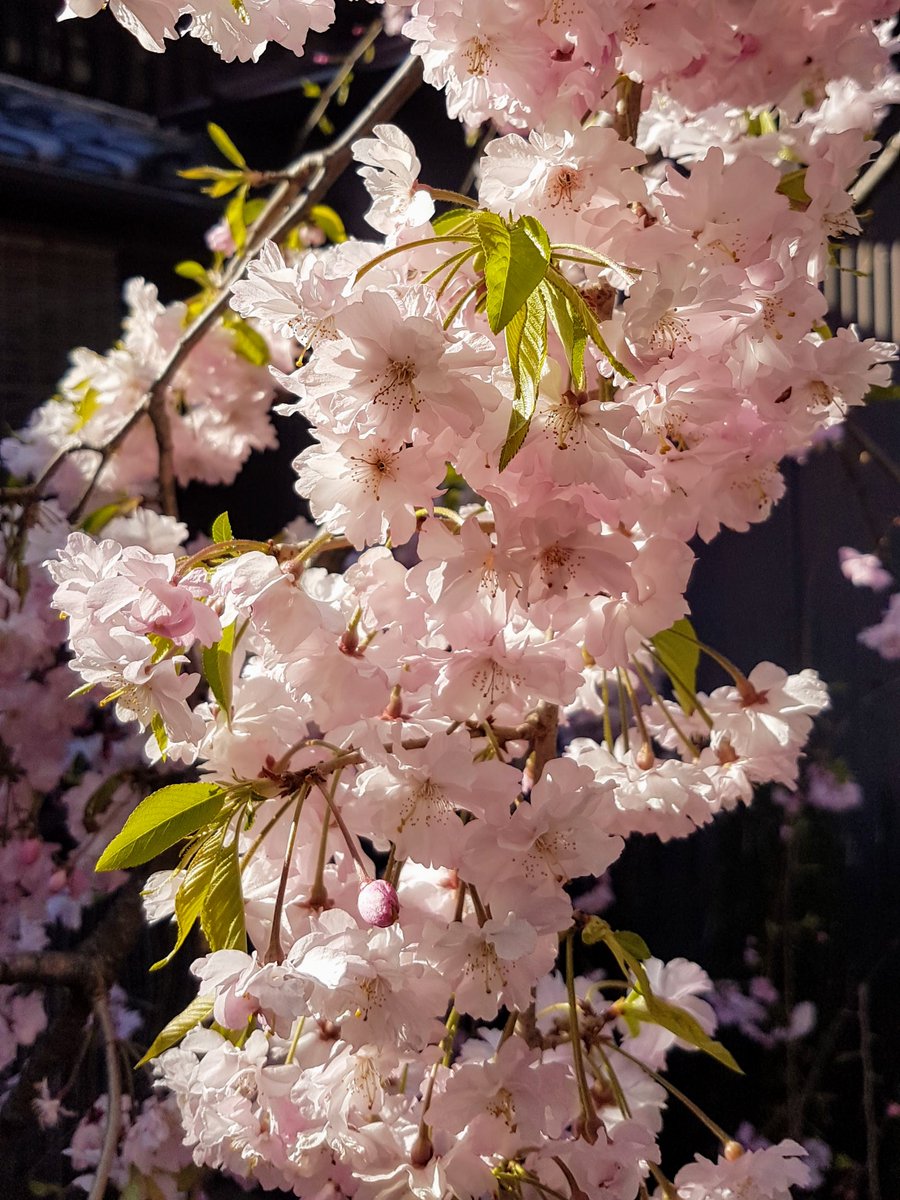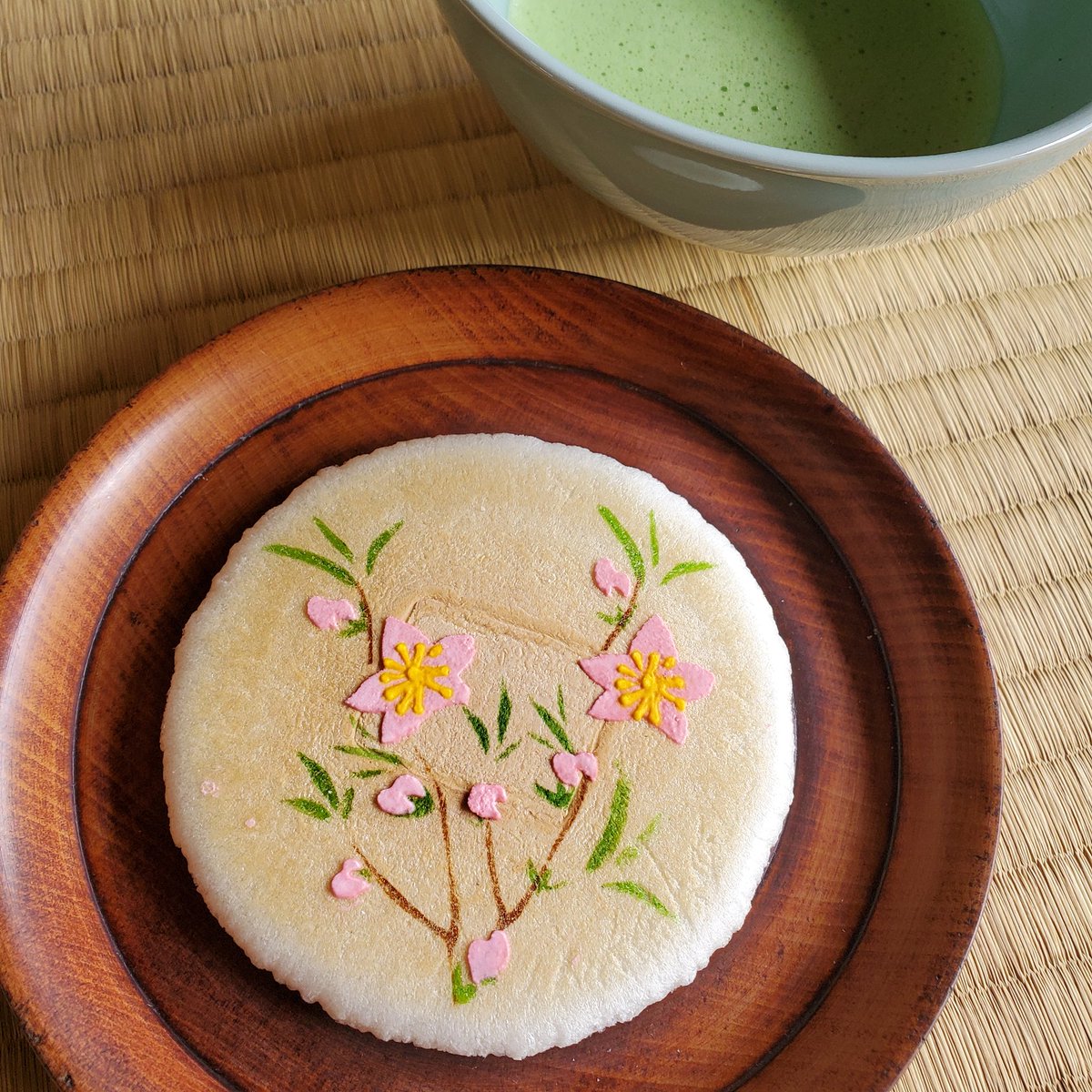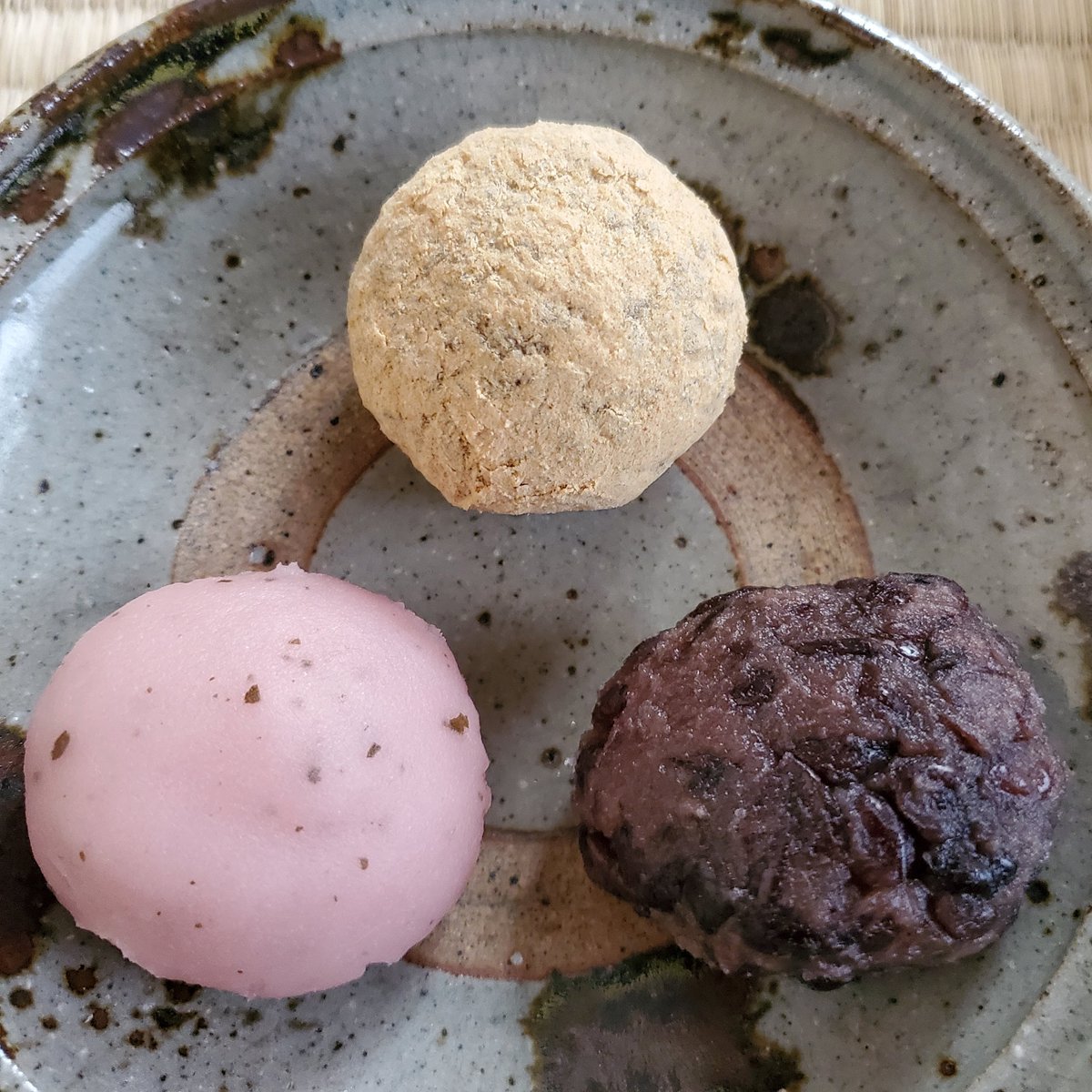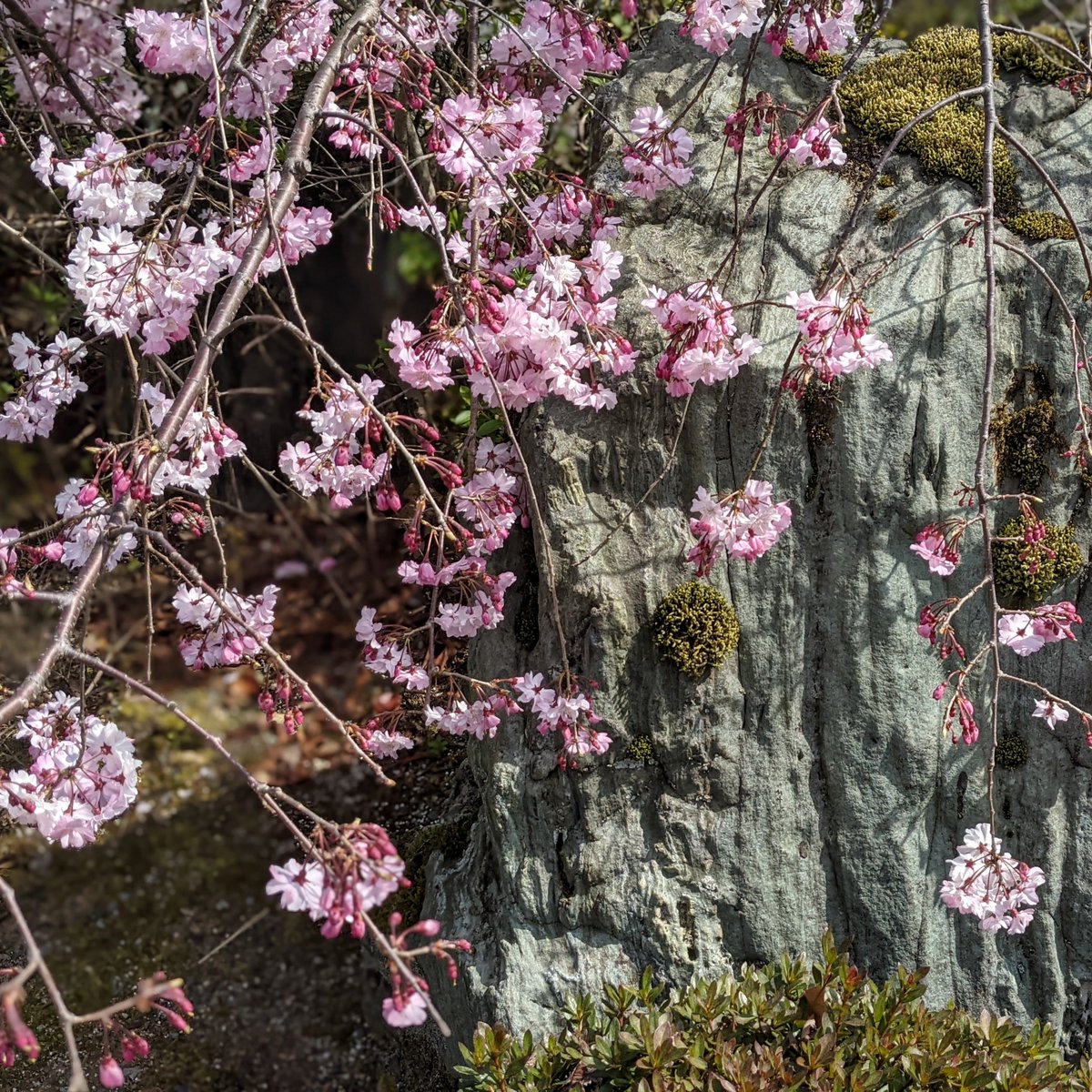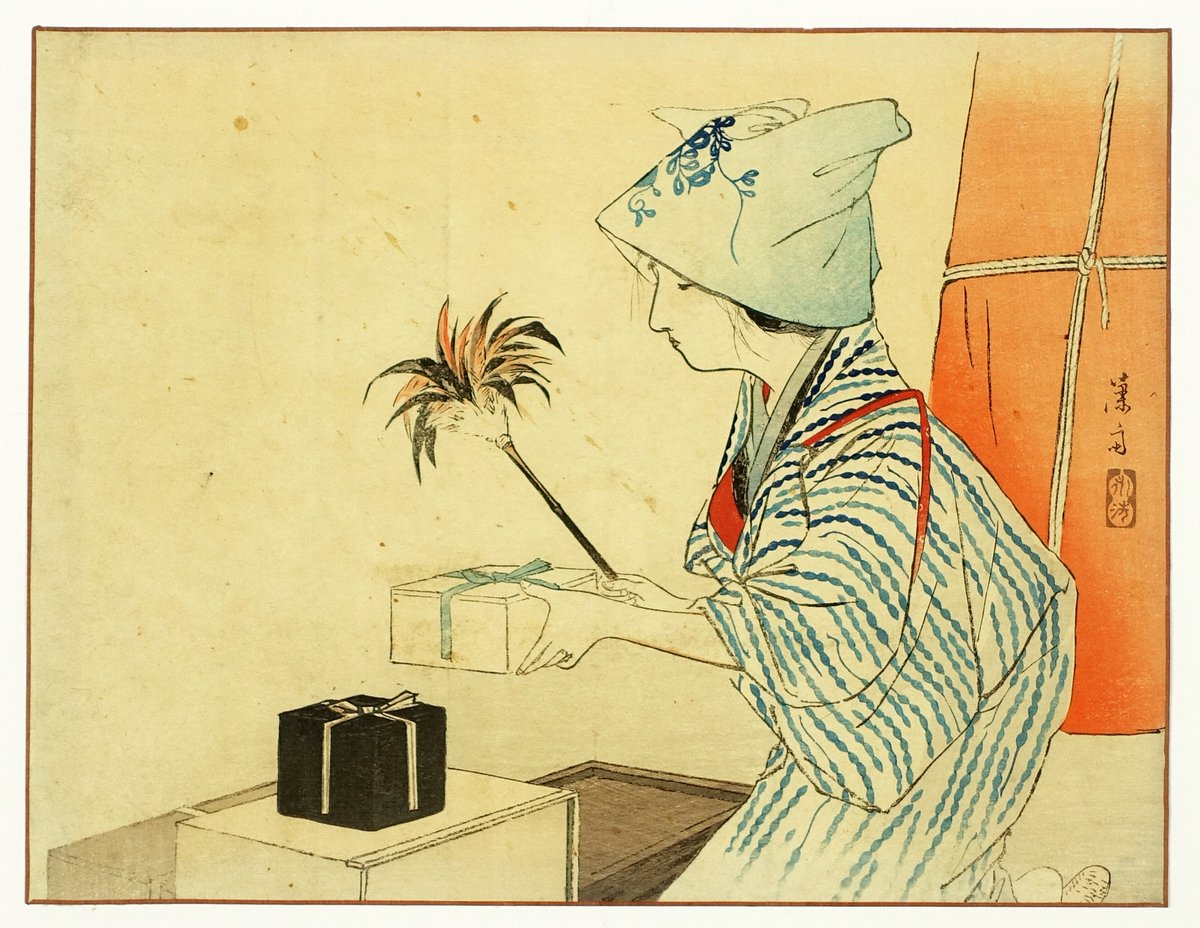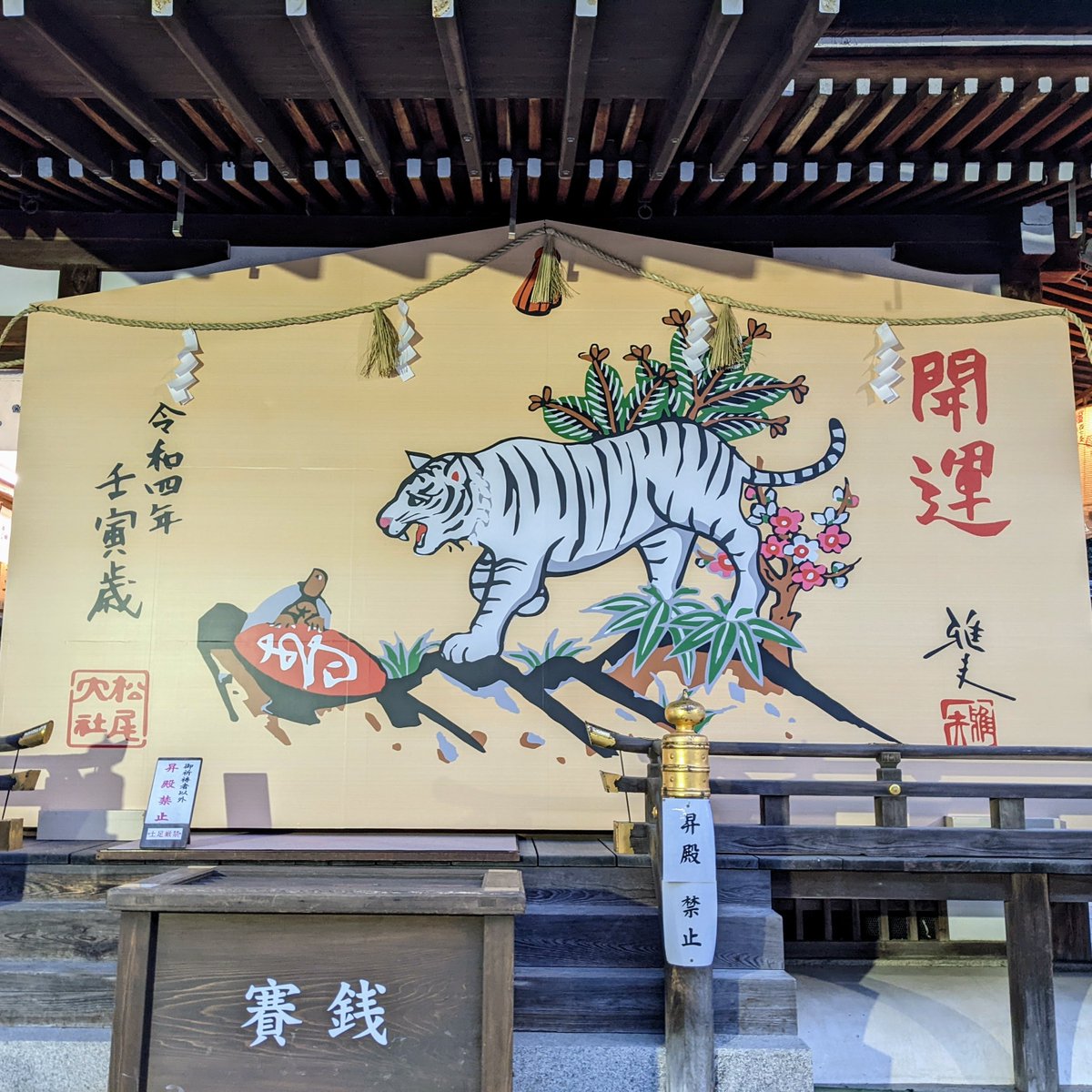
🏹THE 'ROBIN HOOD' OF JAPAN🥷
On 8th October 1594 the 'bandit' Ishikawa Goemon (石川五右衛門) and his young son were thrown into a boiling vat of oil beside the Kamo River.
As a warning to others the giant cauldron remained in place until a flood swept it away.
#Kyoto #folklore



On 8th October 1594 the 'bandit' Ishikawa Goemon (石川五右衛門) and his young son were thrown into a boiling vat of oil beside the Kamo River.
As a warning to others the giant cauldron remained in place until a flood swept it away.
#Kyoto #folklore




The story goes that Goemon, in revenge for the murder of his wife Otaki and son Gobei, crept into Fushimi Castle (伏見城) to assassinate the despot ruler Toyotomi Hideyoshi (豊臣秀吉). As he drew close to the sleeping Toyotomi he knocked over a small bell and was caught.
#Japan



#Japan




Like England's 'Robin Hood', so many legends surround Goemon and his band of outlaws that it's difficult to unpick fact from fiction.
It seems that a man was executed by being boiled alive in oil by the banks of the Kamo-gawa, but beyond that we know very little.
#Japan #folklore



It seems that a man was executed by being boiled alive in oil by the banks of the Kamo-gawa, but beyond that we know very little.
#Japan #folklore
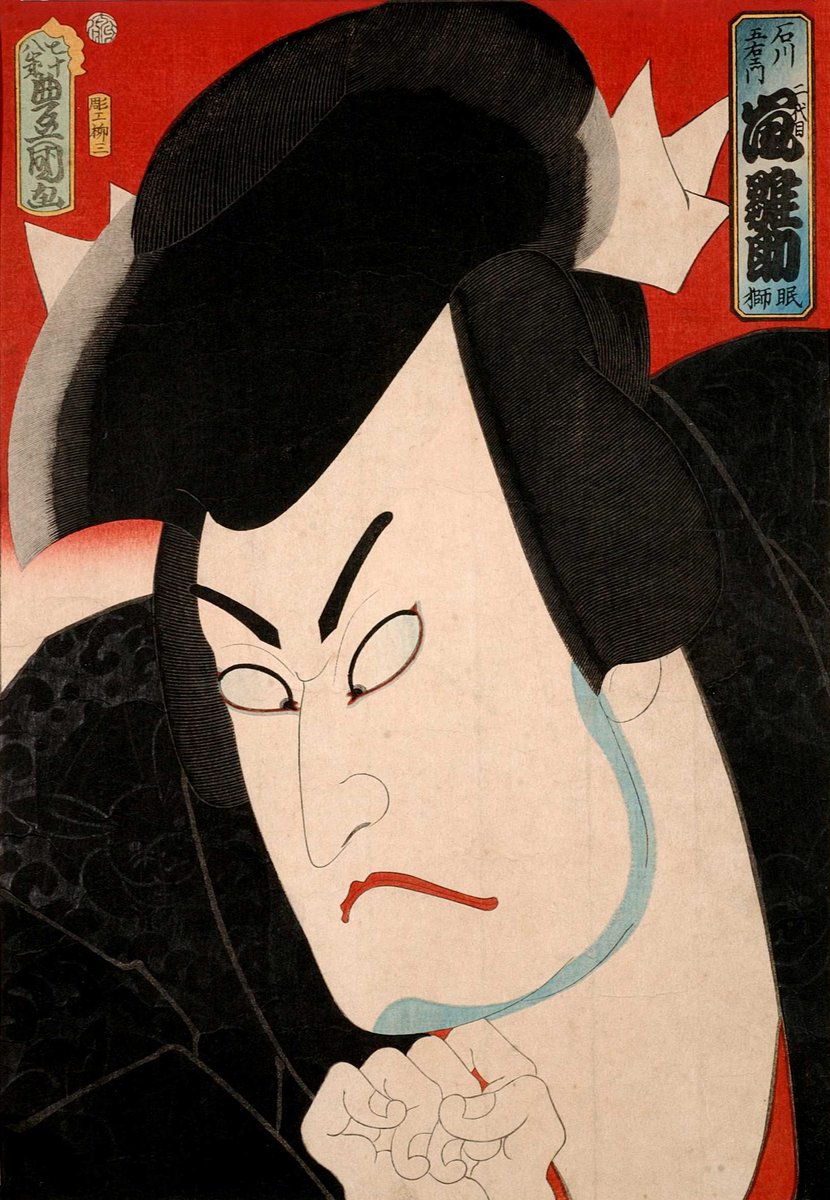



👶ORIGINS🤔
Three main tales are told about Goemon's earlier life, before he formed a band of thieves to steal from the rich and give to the poor.
1) Born to a poor family in Kawachi Province, Gorokizu (五郎吉), as he was then known, moved to the capital & began a life of crime.



Three main tales are told about Goemon's earlier life, before he formed a band of thieves to steal from the rich and give to the poor.
1) Born to a poor family in Kawachi Province, Gorokizu (五郎吉), as he was then known, moved to the capital & began a life of crime.




2) Born into a ninja family, Goemon was tasked with poisoning Oda Nobunaga (織田信長 1534-82), who was then attempting to unite & control the country. After the assassination failed, Oda set about breaking the power of the ninja network & Goemon was forced into brigandry.
#Japan



#Japan




3) Sanada Kuranoshin (真田蔵之進) was born in 1558 to a samurai family in the service of Iga Province's Miyoshi clan.
When he was 15 his father (and mother?) were killed by Ashikaga shōgunate forces, and he began training as a ninja so that he might take revenge.
#Japan #folklore



When he was 15 his father (and mother?) were killed by Ashikaga shōgunate forces, and he began training as a ninja so that he might take revenge.
#Japan #folklore




Kuranoshin was instructed by the ninja leader Sandayū Momochi (百地三太夫), but at some point during his training he began an affair with his teacher's mistress.
The affair was discovered and Kuranoshin fled for his life (after stealing Sandayū's precious sword!).
#石川五右衛門
The affair was discovered and Kuranoshin fled for his life (after stealing Sandayū's precious sword!).
#石川五右衛門
Three places in Kyōto have a deep and lasting connection to Goemon (石川五右衛門 1558-94): Nanzen-ji's great gate (南禅寺山門-where he pondered his fate), Kamagafuchi (釜ヶ淵-where the cauldron he was executed in came to rest), & Daiun-in (大雲院-where he was eventually buried). 






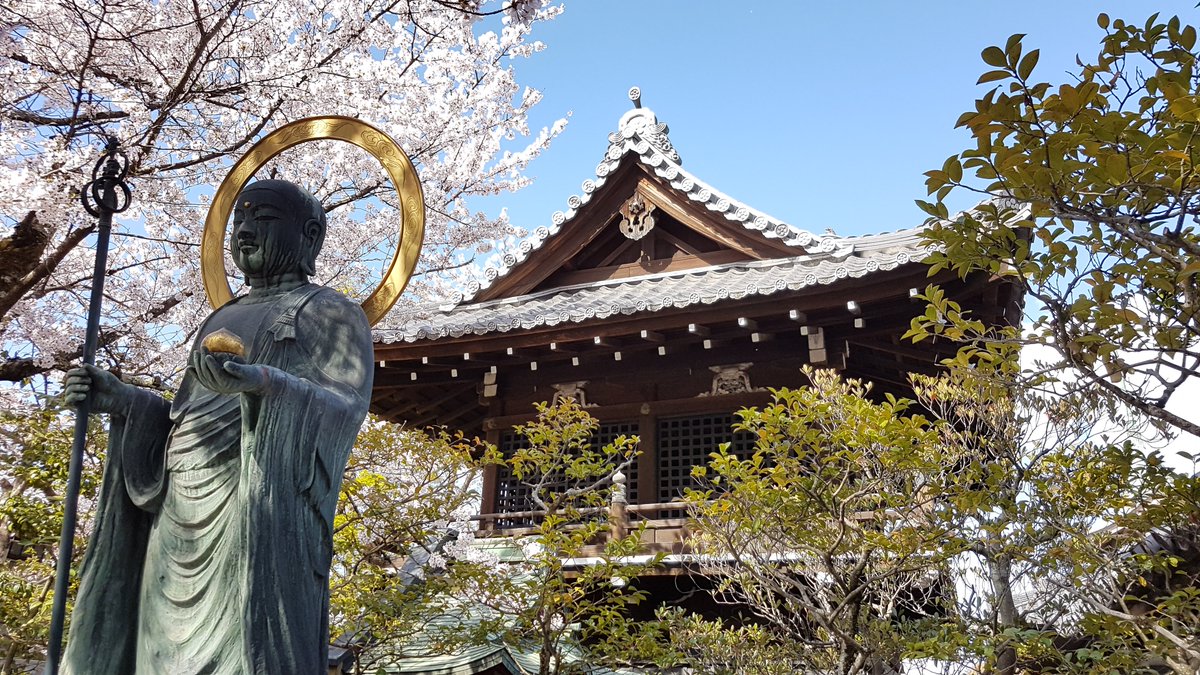
🪦DAIUN-IN💀
If it's true that Goemon once tried to poison Oda Nobunaga, then it is with some irony that he is buried at Daiun-in (大雲院).
The temple was founded by the monk Teian (貞安) in memory of Nobunaga in 1587, and originally stood in the city centre.
#folklore #Kyoto



If it's true that Goemon once tried to poison Oda Nobunaga, then it is with some irony that he is buried at Daiun-in (大雲院).
The temple was founded by the monk Teian (貞安) in memory of Nobunaga in 1587, and originally stood in the city centre.
#folklore #Kyoto




It is said that Teian (貞安 1539-1615) performed last rites for Goemon, and after the execution he was allowed to bury the body. Erection of a memorial, however, was forbidden by Toyotomi Hideyoshi.
33 years later the abbot of Daiun-in was finally able to construct a tombstone.



33 years later the abbot of Daiun-in was finally able to construct a tombstone.




Kyōto Deputy and right hand man of Toyotomi Hideyoshi, Maeda Gen’i (京都奉行/前田玄以 1539-1602), is also buried at the temple.
Maeda is important in this story as it was he who caught Goemon and oversaw his execution.
Daiun-in (大雲院) was moved to Higashiyama in 1973.
#Japan



Maeda is important in this story as it was he who caught Goemon and oversaw his execution.
Daiun-in (大雲院) was moved to Higashiyama in 1973.
#Japan




🌊'THE CAULDRON POOL'🍲
Once considered the deepest part of the Kamo-gawa, the stretch of river before Jūjō-dōri (十条通) is known as Kamagafuchi (釜ヶ淵), the 'Cauldron Pool'.
It is said the huge cauldron used to execute Goemon came to rest on the bed here after a flood.
#Kyoto



Once considered the deepest part of the Kamo-gawa, the stretch of river before Jūjō-dōri (十条通) is known as Kamagafuchi (釜ヶ淵), the 'Cauldron Pool'.
It is said the huge cauldron used to execute Goemon came to rest on the bed here after a flood.
#Kyoto




After being caught with a number of his 'gang', Goemon was brought to the execution grounds on the dry riverbed at Sanjō or Rokujō, where he was boiled alive in oil.
It is said that 20 of his comrades, his mother, and his 7 year old son were also killed (likely in boiling water).
It is said that 20 of his comrades, his mother, and his 7 year old son were also killed (likely in boiling water).

In some stories the son, Goroichi, is tossed with him into the cauldron?
Goemon catches the boy & holds him above the oil. Stunned by this heroism, the authorities drag Goroichi to safety.
Another version of the tale is sadder...Goemon hurries his son's death to spare him pain.



Goemon catches the boy & holds him above the oil. Stunned by this heroism, the authorities drag Goroichi to safety.
Another version of the tale is sadder...Goemon hurries his son's death to spare him pain.




Following the execution the cauldron remained in place, a grisly warning and reminder of Toyotomi's power. A year later a flood carried it downriver, where it sank into the deepest pool.
Interestingly the name 'Kamagafuchi' (釜ヶ淵) only came into common use in Meiji times.
#京都



Interestingly the name 'Kamagafuchi' (釜ヶ淵) only came into common use in Meiji times.
#京都




Goemon's fate is memorialized by a type bath!🛁🔥
A 'Goemonburo' (五右衛門風呂) is a cauldron-shaped bath heated directly from beneath. Bathers sit on a floating wooden lid, causing it to sink and protect the bather from the bath's scalding bottom.
#Japan #folklore #五右衛門風呂



A 'Goemonburo' (五右衛門風呂) is a cauldron-shaped bath heated directly from beneath. Bathers sit on a floating wooden lid, causing it to sink and protect the bather from the bath's scalding bottom.
#Japan #folklore #五右衛門風呂




The cauldron's fate?
It seems that the cauldron was retrieved from the river and stored in the Kyōto Office of Judicial Affairs for most of the Edo period.
For some reason it was later moved to Nagoya Prison (名古屋刑務所), but was lost in the chaos of the post-war period.
#京都
It seems that the cauldron was retrieved from the river and stored in the Kyōto Office of Judicial Affairs for most of the Edo period.
For some reason it was later moved to Nagoya Prison (名古屋刑務所), but was lost in the chaos of the post-war period.
#京都
Photo thanks🙇♂️-
tyarinnko.blogspot.com/2014/05/blog-p…, setouchikakuregaresorts.jp/ciela/goemonbu…, ja.localwiki.org/assabu/%E5%87%… (Intro)
gotrip.jp/2017/07/70912/, 72843769.at.webry.info/201809/article… (Daiun-in)
4travel.jp/travelogue/110…, 72843769.at.webry.info/201809/article… (Goemon's Grave)
ukiyo-e.org/image/mfa/sc18… (Goemon's Execution)
tyarinnko.blogspot.com/2014/05/blog-p…, setouchikakuregaresorts.jp/ciela/goemonbu…, ja.localwiki.org/assabu/%E5%87%… (Intro)
gotrip.jp/2017/07/70912/, 72843769.at.webry.info/201809/article… (Daiun-in)
4travel.jp/travelogue/110…, 72843769.at.webry.info/201809/article… (Goemon's Grave)
ukiyo-e.org/image/mfa/sc18… (Goemon's Execution)

😊🌸NANZEN-JI😒🪙
On the run, Goemon hid in the upper story of Nanzen-ji's gate. Here he uttered the famous (fabricated) words...
"The spring view is worth a thousand gold pieces, or so they say, but 'this too little, too little. These eyes of Goemon rate it worth ten thousand!".



On the run, Goemon hid in the upper story of Nanzen-ji's gate. Here he uttered the famous (fabricated) words...
"The spring view is worth a thousand gold pieces, or so they say, but 'this too little, too little. These eyes of Goemon rate it worth ten thousand!".




There is one problem.
During Goemon's lifetime, Nanzen-ji had no gate. Destroyed during the Ōnin War in 1467, the gate we know today was constructed in 1628.
Nevertheless the famed Kabuki play 'Kinmon Gosan-no-Kiri' (金門五山桐), set in 1594, uses the gate in its final act.



During Goemon's lifetime, Nanzen-ji had no gate. Destroyed during the Ōnin War in 1467, the gate we know today was constructed in 1628.
Nevertheless the famed Kabuki play 'Kinmon Gosan-no-Kiri' (金門五山桐), set in 1594, uses the gate in its final act.




'The Temple Gate and the Paulownia Crest' was written by Namiki Gohei (並木五瓶) in 1778.
In the last act Goemon is smoking a pipe, admiring the view from the gate, when he discovers his father has been killed by Mashiba Hisayoshi (Toyotomi Hideyoshi). He leaves to take revenge.



In the last act Goemon is smoking a pipe, admiring the view from the gate, when he discovers his father has been killed by Mashiba Hisayoshi (Toyotomi Hideyoshi). He leaves to take revenge.
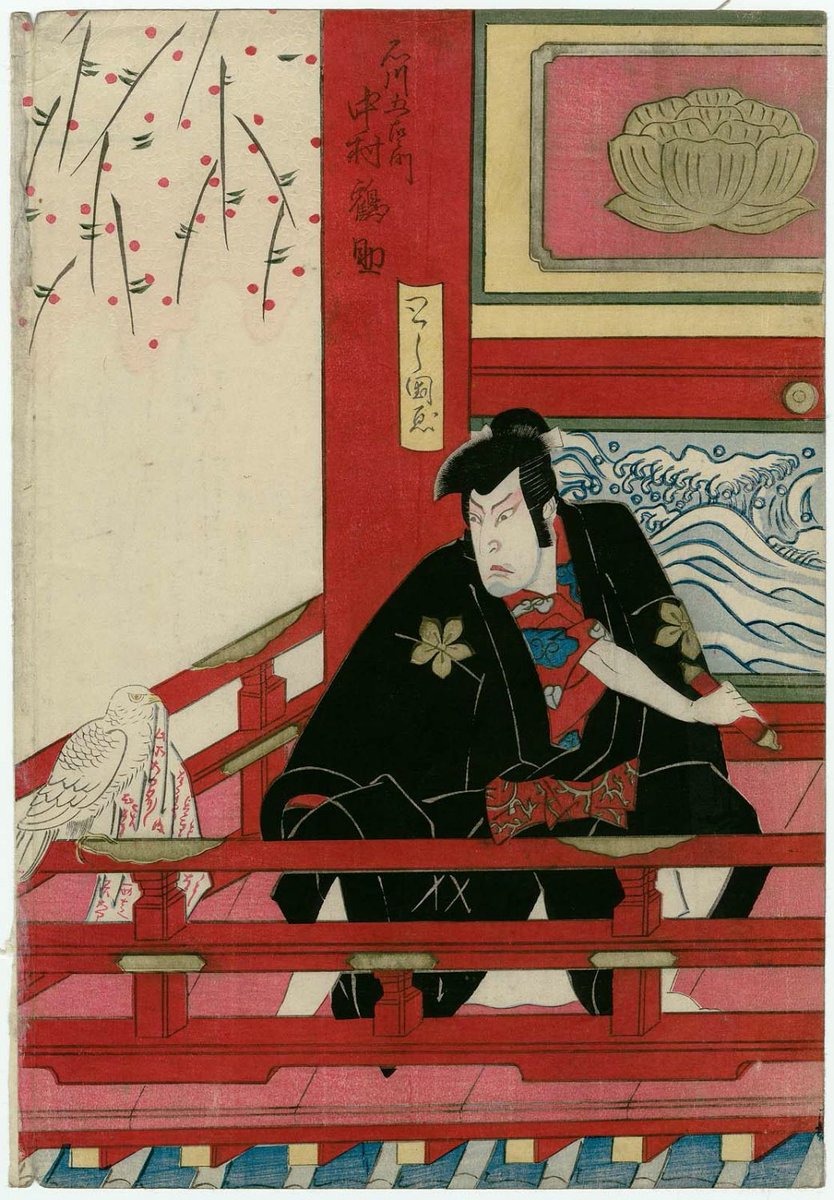



The character of Goemon was used as a way to subtly ridicule the authorities. Although Toyotomi was the 'villain', he merely represented the current rulers, the Tokugawa.
Nanzen-ji's current gate was funded by Tōdō Takatora (藤堂高虎 1556 -1630), a general of Tokugawa Ieyasu.



Nanzen-ji's current gate was funded by Tōdō Takatora (藤堂高虎 1556 -1630), a general of Tokugawa Ieyasu.




Goemon first appears in a biography of Toyotomi written in 1642, where he is described simply as 'thief'.
We will never know if Goemon existed, but his farewell poem (directed at the ruling class) remains as relevant as ever...
*'No matter what, there will always be thieves'*
We will never know if Goemon existed, but his farewell poem (directed at the ruling class) remains as relevant as ever...
*'No matter what, there will always be thieves'*
For those of you wondering...yes, that is my boss (the director of Camellia Tea Ceremony) Atsuko-san, de-stressing with a little bit of sword action😯😒😨😓😱
#CamelliaTeaCeremony #Kyoto #京都 #kimono #着物 #Japan #Iaido
#CamelliaTeaCeremony #Kyoto #京都 #kimono #着物 #Japan #Iaido
• • •
Missing some Tweet in this thread? You can try to
force a refresh




